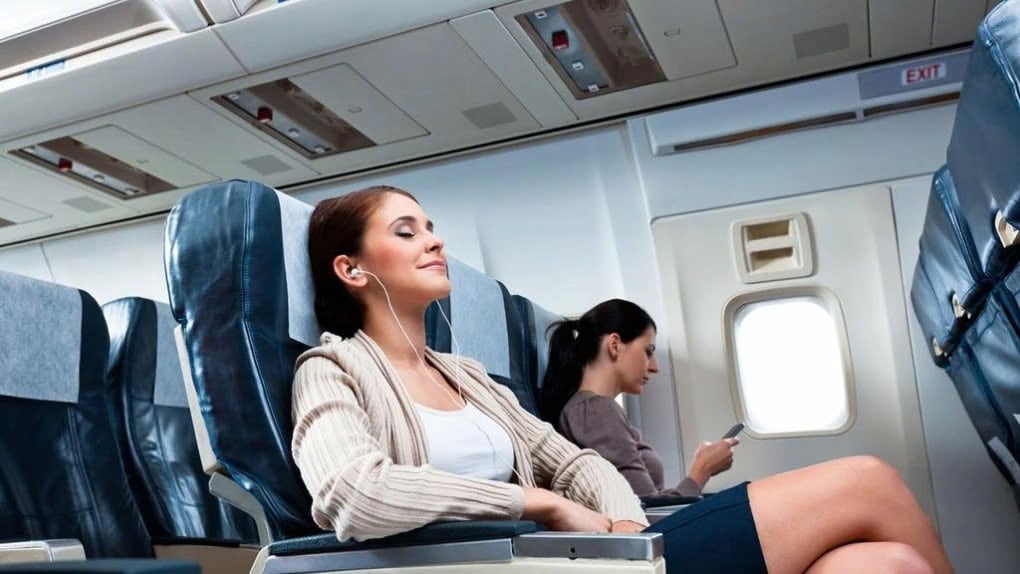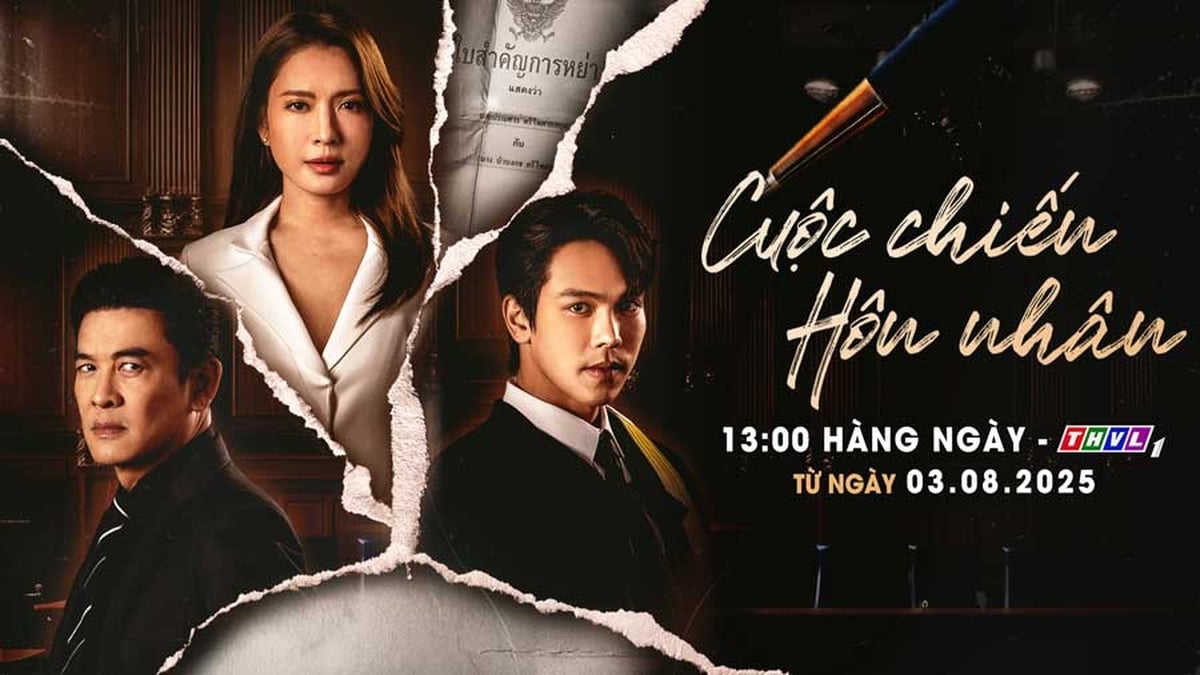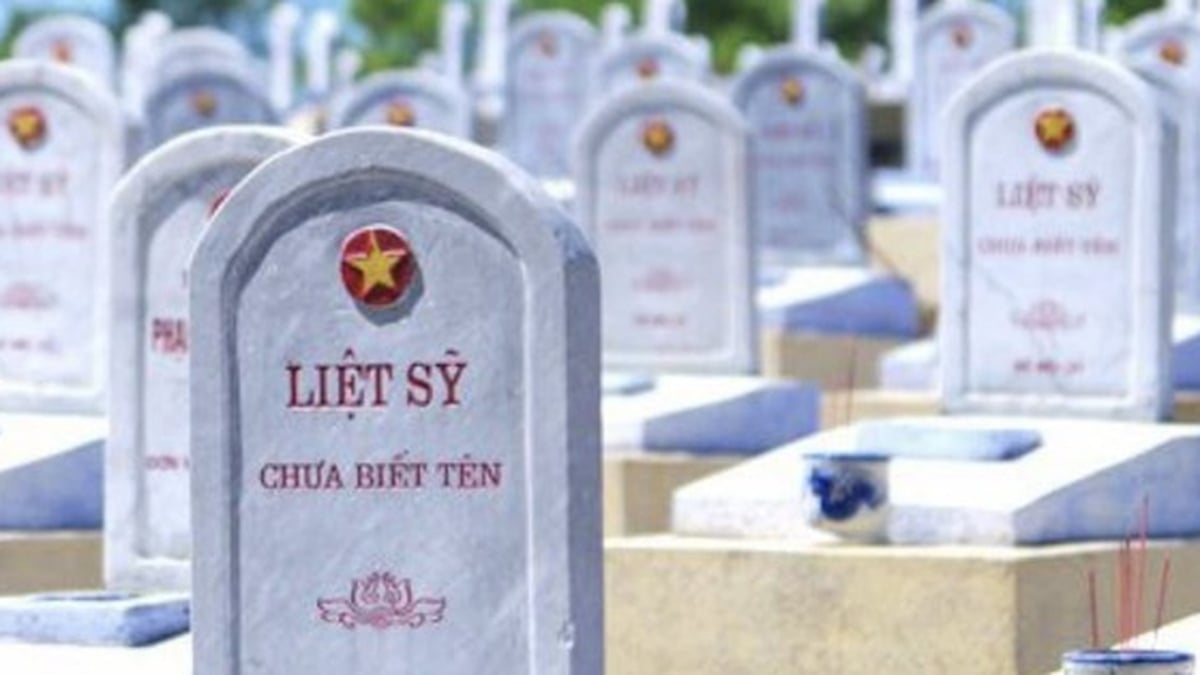Lee Cartwright, an elderly care specialist in the UK, said that crossing your legs while sitting on a plane may seem harmless, but in fact it is one of the worst things you can do to your health. This action can cause back and joint pain and restrict blood circulation in the legs, increasing the risk of deep vein thrombosis.
Deep vein thrombosis (DVT) is a condition in which a blood clot or thrombus forms in one or more deep veins in the body. The clot can partially or completely block blood flow in the vein, and is common in people who lie down, sit still for a long time, or do little movement or exercise.

Lee says older passengers are at particularly high risk of DVT, so it's especially important to avoid doing so while flying. "As we age, our circulation tends to slow down. Muscle strength decreases, and the valves in our veins may not work as well," Lee adds.
In addition, older people often have other diseases such as diabetes, which makes blood clots more likely to form.
British experts also offer healthy solutions when sitting on a plane, such as standing up frequently to walk around. Every 60 minutes, passengers should stand up once and walk down the aisle so their legs can move. Instead of crossing their legs, passengers should straighten their legs when sitting, with their knees slightly bent. This helps blood circulate normally, helping the back to be less tired or stiff.
Additionally, travelers should drink plenty of water during the flight because water helps blood circulate more easily. Using compression stockings or light pressure stockings also helps blood flow, reducing swelling or edema. While sitting in the seat, passengers can also practice some basic leg movements such as bending the legs, rotating the ankles or gently raising the knees every 40 minutes to reduce the risk of DVT.
DVT can cause pain in certain parts of the legs and groin, increased cramps, and skin discoloration. In severe cases, the disease can cause difficulty breathing because the blood clot can travel to the lungs, causing a pulmonary embolism.
According to vnexpress.net
Source: https://baohanam.com.vn/du-lich/ly-do-khong-nen-ngoi-bat-cheo-chan-tren-may-bay-160609.html































![[Photo] National Assembly Chairman attends the seminar "Building and operating an international financial center and recommendations for Vietnam"](https://vphoto.vietnam.vn/thumb/1200x675/vietnam/resource/IMAGE/2025/7/28/76393436936e457db31ec84433289f72)





































































Comment (0)